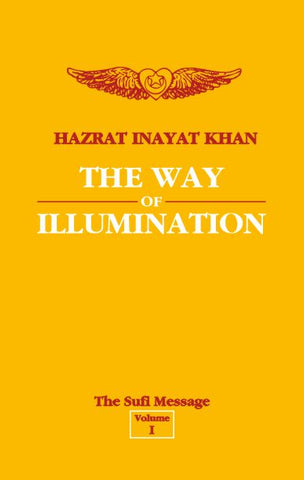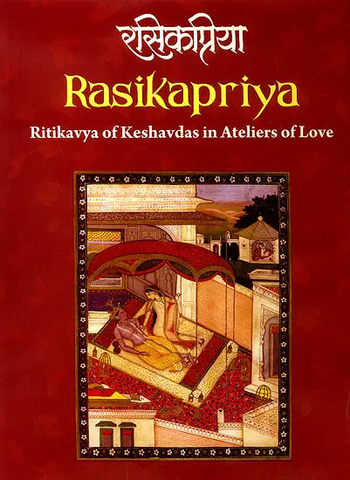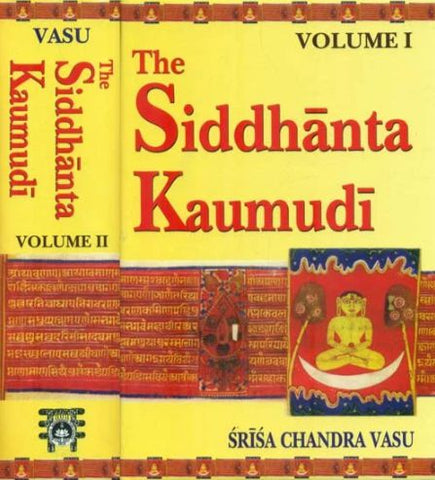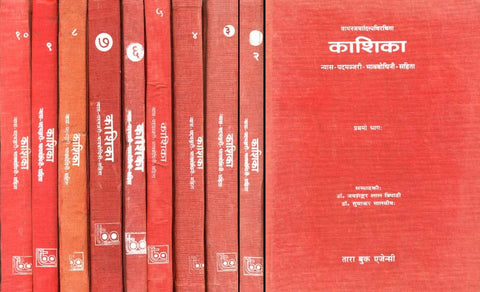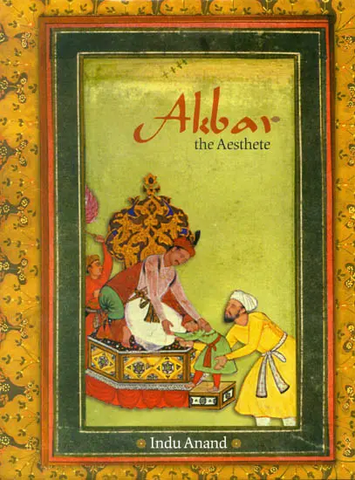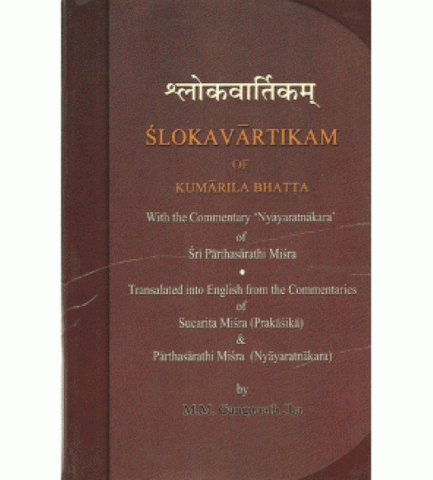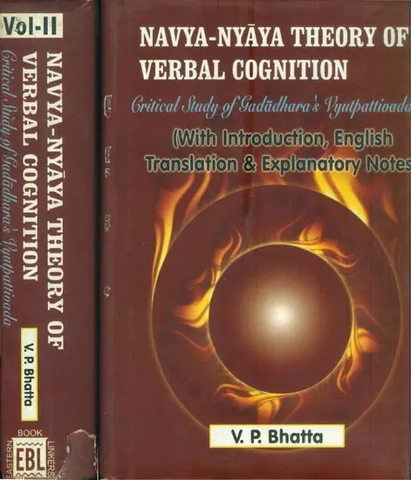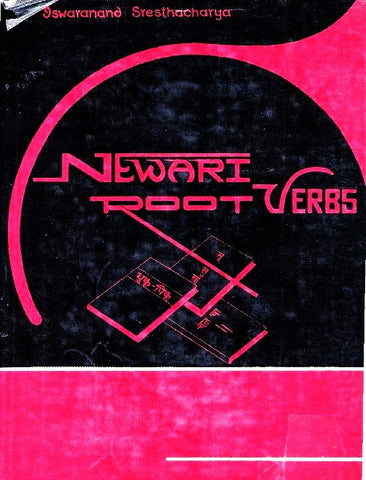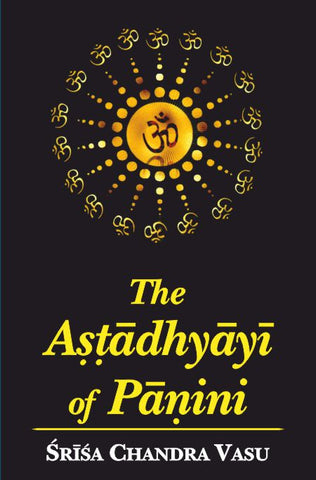Your cart is empty now.
Vyãkarana holds an uncontested place of honour in Indology, and Panini’s grammar in particular is a basic source in argumentation not only among Paniniyas but also for students of Indian literature and dstras regardless of their particular areas of concentration. In this volume are published thirteen contributions presented in the Vyakarana section of the twelfth World Sanskrit Conference. The papers represent a considerable breadth of interest.
Most of the studies concern technical aspects of Paninian grammar. Several papers deal with facets of Panini’s metalinguistic usage and four studies with points concerning derivational procedures and particular sutras related to them. Two papers concentrate on questions of syntax and two other scholars treat subjects of primarily historical interest.
GEORGE CARDONA is Professor (emeritus) of Linguistics at the University of Pennsylvania. He is the author of several works on San Sanskrit grammar ( vyakarana) , principally in the Paninian tradition, on the history of Indo-Aryan languages, and Gujarati.
MADHAV DESHPANDE, trained at the University of Pune and the University of Pennsylvania, is Professor of Sanskrit and Linguistics at the University of Michigan, Ann Arbor, Michigan, USA. His research interests include Paninian linguistics, sociolinguistics of Sanskrit and Prakrit, and history of Indian philosophy and religions.
PETTERI KOSKIKALLIO and ASKO PARPOLA, Secretary General and President, respectively, of the 12th World Sanskrit Conference, are Finnish Indologists. Asko Parpola is Professor Emeritus of South Asian and Indo-European Studies at the University of Helsinki.
Vyäkarana holds an uncontested place of honor in Indology, and Panini’s grammar in particular is a basic source in argumentation not only among Paninlyas hut also For students of Indian literature and sãstras regardless of their particular areas of concentration, In this volume are published thirteen contributions presented in the Vyakarana section of the twelfth World Sanskrit Conference held in Helsinki, Finland, July 14th through 18th, 2003. The papers represent a considerable breadth of interest.
As is to be expected, most of the studies concern technical aspects of Paninian grammar. Several papers deal with facets of Pã9ini’s metalinguistic usage. Peter M. Scharf takes up relations between the metalinguistic use of case forms in the Astadhvdyi and the use of such forms in the natural language described, and considers also the use of comparable forms in Yäska’s Nirukta. Maria Piera Candotti and Tiziana Pontillo discuss Panini’s use of sounds as markers (it, anubandha), considering arguments by Katyayana, Patanjali and others concerning whether or not such markers are to be treated as integral parts of items prior to their being stripped from these items by the sutra which provides for the unconditioned deletion of sounds given the class name it. Ram Karan Sharma deals with the treatment of certain rules as suspended (asiddha) with respect to others, in particular with those that are said to he asiddha and asiiddhavat. Reverting to relations between technical usage and conventions of everyday usage, we have two papers, by Sharon Ben-Dor and Shankarji Jha, that deal with metarules (,paribhasas) and their counterparts in social conventions.
Four studies deal with points concerning derivational procedures and particular sutras related to them. Boris Zakharyin considers aspects of Panini’ s phonological rules, with emphasis on sets of sounds as seen in the aksarasamamnya the Pratyaharasutras or Sivasutras and related rules, bringing in also procedures seen in piatisakhyas. Madhav M. Deshpande deals with the question whether certain nominals are to be treated as derived (ayutpanna) through grammatical procedures or not (avyutpanna), not only relating this issue to the dichotomy between grammarians and etymologists but also remarking that, in the context of Panini’s grammar, the categories in question are intimately connected with grammatical procedures. S. L. P. Anjaneya Sarma presents a detailed study of one particular sutra, which provides for the use of atmanepada affixes after causatives. Toru Yagi considers Panini’s rule introducing the suffix MC, which serves to form causative verbs, with particular emphasis on Katyayana’s and Patañjali’s discussions, the usages which they invoke, and parallels from Pali.
Two other papers deal in particular with questions of syntax. Vladimir P. Ivanov discusses anew the various definitions of an utterance (vdkya) that Bhartrhari gives at the beginning of the second kanda of his Vakyapadiva. C. Rajendran takes us farther afield in a study which, beginning with the observation that syntactical issues are not a major concern of Panini and Päniniyas. so that one must turn to Mimãmsakas and Alankarikas to find insightful discussions of such questions, deals in particular with some syntactical issues as treated by Mahimahhatta in his Vyaktiviveka.
Finally, two scholars have treated subjects of primarily historical interest. George Cardona gives evidence to identify the scholar to whom Nageabhatta refers by the name Krsna’ in his Uddyota. Amrit Gomperts discusses five works in an old-Javanese tradition of grammar, among them texts related to the Sarasvata system, and concludes that two javano-Sanskrit texts reflect a synthesis of Paninian and Katantra elements.
The publication of these proceedings would not have been possible without the financial support of the Finnish Cultural Foundation, to which we express our gratitude. We are also happy to acknowledge with thanks the editorial work of Petteri Koskikallio and the careful proofreading of Sharon Ben-Dor.
| Preface | V |
| Contributors | XI |
| Panini and Daily Life Activities | 19 |
| Interpreting Forms with Markers: The Morphological Approach | 61 |
| One Some Sources in Nagea’s Mahabhasyapradipoddyota | 83 |
| Underived Nominals’ as a Derivationally Productive Category in Panini | 101 |
| Old Javanese Traditions of Sanskrit Grammar | 111 |
| The List of Sentence Definitions in the Second kanda of the Vakyapadva: Structural Approach | 147 |
| Grammatical Principles (paribhasas) Based on Conventions or Social Practices (lokanyayasiddha paribhasa) | 155 |
| Preserving the Predicate: Syntactical Perspectives in Mahimabhatta | 169 |
| The Natural-language Foundation of Metalinguistic Case-use in the Asradlna’t and Nirukta | 181 |
| Asiddha and asiddhavat | 215 |
| On vi. 9 on Panini 3.1.26 | 225 |
| The Factorization of Phonic Information Into Interacting Levels of Representation: The samanaksarani as Treated by Panini and his Predecessors and Successors | 247 |
| Indices | 261 |
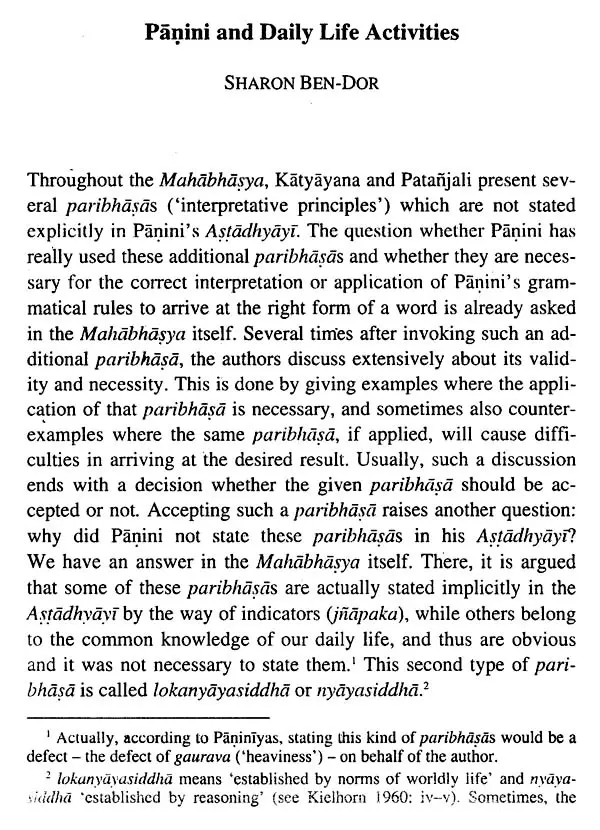



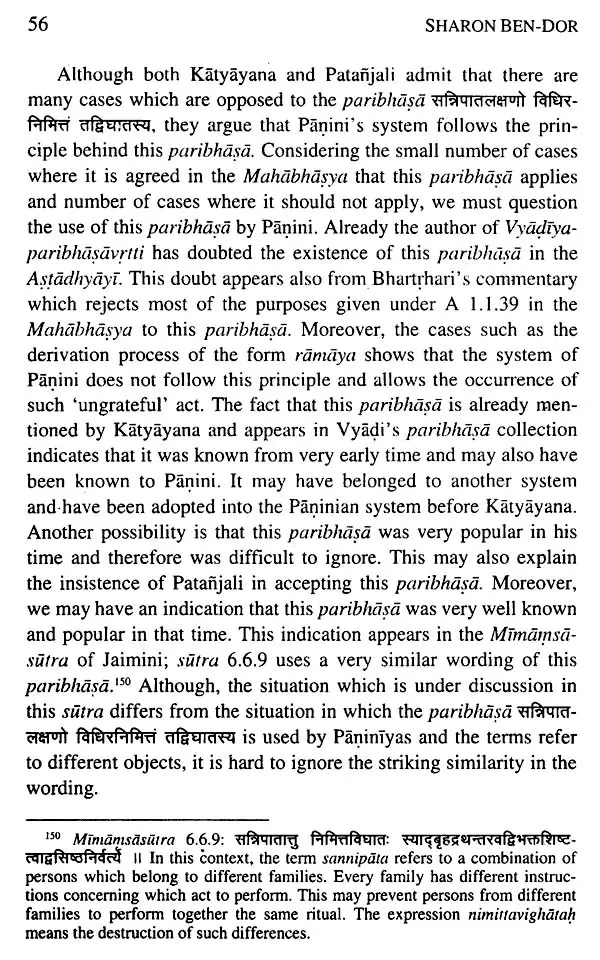
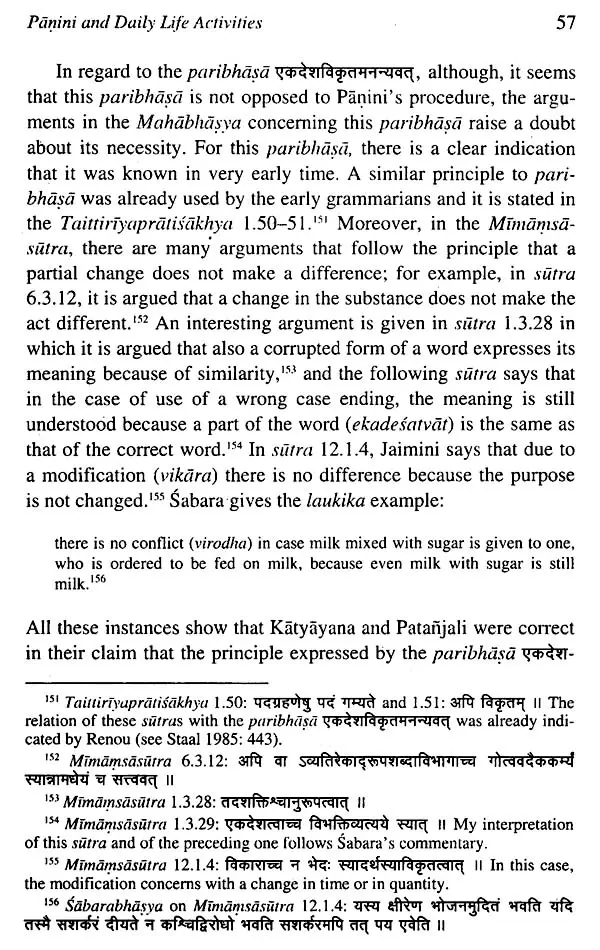
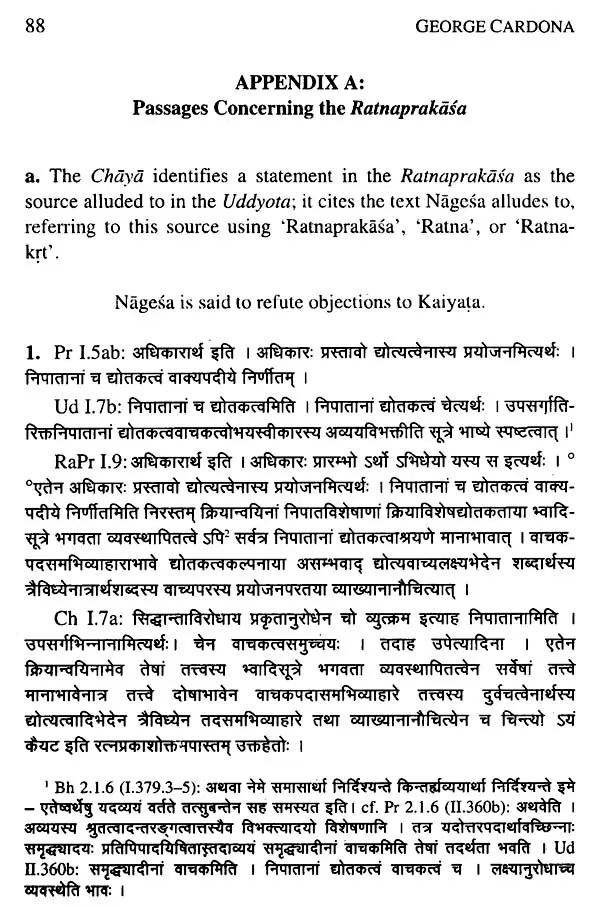

Delivery and Shipping Policy
- INTERNATIONAL SHIPPING
- Rs.1000-1100/kg
- ESTD. Delivery Time: 2-3 weeks (depending on location)
- Bubble Wrapped with Extra Padding
- NATIONAL SHIPPING
- NCR: Rs. 30/half kg
- Standard: Rs. 80/half kg
- Express shipments also available on Request
- ESTD. Delivery Time: Ranging from 1-4 days up to 7 business days (Depending on your choice of Delivery)
- TRACKING
- All orders; national or international, will be provided with a Tracking ID to check the status of their respective orders
- Depending on the Shipping Service, Tracking ID may be used on their respective tracking portals
Frequently Asked Questions (FAQs)
Domestic Shipping: 3-4 Days (after shipping)
International Shipping: 1-2 weeks (based on your location)
You will receive an email once your order has been shipped or you can email us if you didn't receive tracking details (info@mlbd.co.in)
Every book that we sell is the latest edition except all the rare books
Yes, we do provide free shipping, only on domestic orders (within India) above Rs.1500



